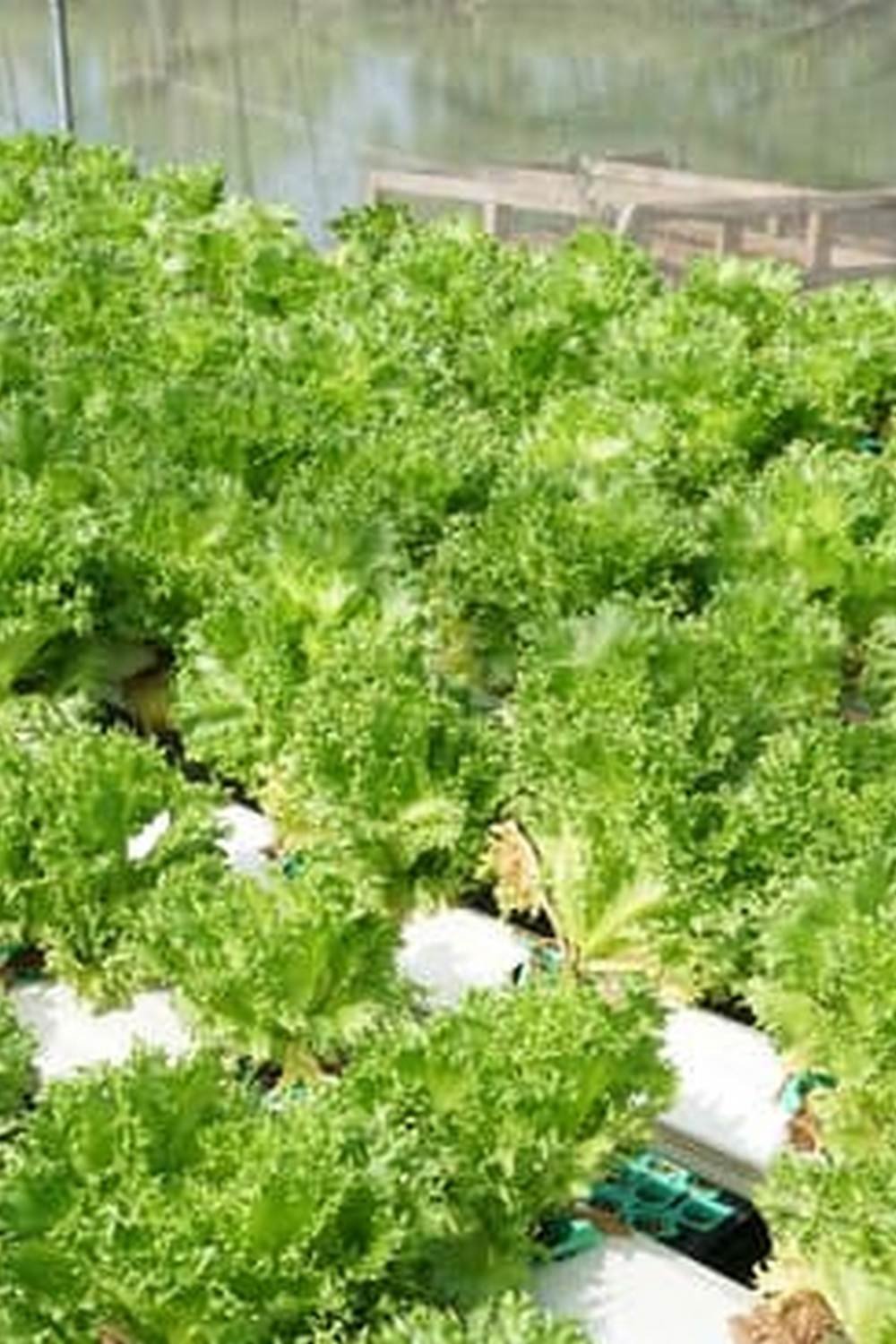Planting Vegetable Garden Zone 6
If you are like most people, you probably think of your home’s landscaping as an extension of your personality. You might have a particular style in mind when you think of your ideal yard – cottage, modern, Zen, etc. – and you likely have a few plants you are particularly fond of. But what about vegetables? Do you have a plan for your vegetable garden?
If you live in zone 6, you have a few different options when it comes to planting your vegetable garden. You can plant everything in the ground, you can use raised beds, or you can use a combination of the two. No matter what you choose, there are a few things you need to keep in mind.
When planting everything in the ground, you need to make sure the soil is fertile and well-drained. You can do this by adding organic matter to the soil before you plant. This might include compost, peat moss, or rotted manure. You should also make sure the soil is pH-balanced. Vegetables prefer a slightly acidic soil, so if your soil is too alkaline, you can add sulfur to the soil to make it more acidic.
If you choose to use raised beds, you need to make sure the bed is at least 12 inches high. This will help ensure that the soil stays warm and that the vegetables are not in contact with the frosty ground. You also need to make sure the bed is large enough to accommodate the vegetables you want to plant.
No matter what type of vegetable garden you choose to plant, there are a few vegetables that are well-suited for zone 6. These include:
-Tomatoes
-Peppers
-Eggplant
-Zucchini
-Summer Squash
-Cucumbers
-Beans
-Lettuce
-Carrots
-Spinach
Best Vegetable Garden Planter Boxes
If you’re like most people, you probably think of vegetable garden planter boxes as nothing more than a simple wooden box with some soil in it. However, if you’re looking to get the most out of your vegetable garden, you’ll need to use the right planter box.
There are a few things you need to consider when choosing a vegetable garden planter box. The first is size. You’ll want to choose a box that is big enough to accommodate the plants you want to grow. The second is type of soil. You’ll want to use a soil that is light and airy, so the roots can grow properly.
Finally, you’ll want to choose a planter box that is made from a material that will withstand the elements. Wood is a good choice, but it can rot if it is exposed to water for too long. Plastic is a good choice for planter boxes that will be exposed to water, but it can be hot in the sun. Metal is a good choice for both wet and hot environments.
Once you’ve chosen the right vegetable garden planter box, it’s time to start planting. Here are a few tips to help you get started:
1. Start with a soil mix that is light and airy. You can buy a pre-made mix or mix your own.
2. Plant vegetables that require the same type of soil and sun exposure.
3. Plant vegetables that will mature at different times so you can have a continuous harvest.
4. Water your plants regularly, but don’t over water them.
5. Harvest your vegetables when they are ripe.
With the right vegetable garden planter box and a little bit of care, you can enjoy a bountiful harvest of fresh vegetables all season long.
Vegetable Garden Companion Planting Design
Companion planting is a great way to improve the yield and health of your vegetable garden. By planting certain plants together, you can create a garden that is both beautiful and functional.
There are many different types of companion planting designs, but the most common is the Three Sisters Garden. This design consists of corn, beans, and squash. The beans grow up the cornstalks, the squash spreads out to provide shade, and the corn provides a structure for the beans to climb.
Other popular companion planting designs include the French Intensive Garden and the Dutch Intensive Garden. The French Intensive Garden is designed for small spaces, and it features a variety of vegetables planted close together. The Dutch Intensive Garden is designed for large spaces, and it features a variety of vegetables planted in rows.
No matter what type of garden you choose, companion planting can help you to get the most out of your vegetables. By planting the right plants together, you can create a garden that is both beautiful and functional.
Can I Plant Roses In Vegetable Garden
?
The answer to this question is a resounding yes! Roses and vegetables can be planted in the same garden with great success. In fact, many gardeners plant vegetables and roses together because the vegetables help to fertilize the soil around the roses, and the roses help to keep the pests away from the vegetables.
There are a few things to keep in mind when planting vegetables and roses together, however. First, it is important to make sure that the vegetables are not planted too close to the roses. The vegetables need plenty of room to grow, and if they are planted too close to the roses, they may not grow properly. It is also important to make sure that the vegetables are not planted in the same soil as the roses. The vegetables need a lot of nitrogen, and the roses need a lot of phosphorus. If the vegetables and roses are planted in the same soil, the vegetables will not get the nutrients they need, and they may not grow properly.
If you are interested in planting vegetables and roses together, there are a few things you can do to make sure the plants grow properly. First, make sure that you have plenty of space in your garden for both the vegetables and the roses. Second, make sure that you plant the vegetables in a different part of the garden than the roses. And finally, make sure that you fertilize the vegetables with a nitrogen-rich fertilizer, and fertilize the roses with a phosphorus-rich fertilizer.
Companion Planting For Vegetable Garden
ers
There’s a lot of information out there about companion planting, and it can be hard to know what to do with it all. This guide will help you figure out which plants work well together, and how to use companion planting to improve your garden.
The first thing to understand about companion planting is that different plants have different needs. Some plants need lots of sunlight, while others prefer shade. Some plants need lots of water, while others can survive on very little. And some plants are good at repelling pests, while others are more susceptible to pests and diseases.
The best way to use companion planting is to mix and match plants that have different needs. For example, if you have a plant that needs lots of sunlight, pair it with a plant that prefers shade. If you have a plant that needs a lot of water, pair it with a plant that doesn’t need much water. And if you have a plant that’s good at repelling pests, pair it with a plant that’s more susceptible to pests.
There are also a few general rules that you can follow. For example, plants that grow tall can be used to provide shade for shorter plants. Plants that have strong scents can be used to repel pests. And plants that are grown for their leaves can be used to provide nitrogen for other plants.
The best way to use companion planting is to experiment and see what works best for your garden. Try different combinations of plants, and see which ones grow the best and which ones attract the most pests. You may also want to keep a journal of which plants work well together, so you can refer to it later.

If you’re looking to get into vegetable gardening, or are just looking for some tips on how to make your current garden better, then you’ve come to the right place! My name is Ethel and I have been gardening for years. In this blog, I’m going to share with you some of my best tips on how to create a successful vegetable garden.





